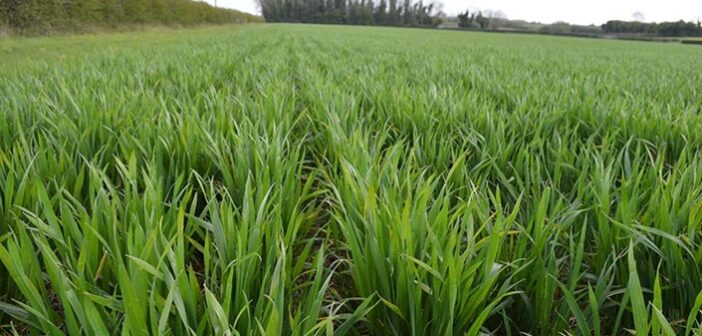Group 3 winter wheat Bamford achieved the highest ever recorded yield for any variety in the 8-year history of the GrainCo continuous wheat trials.
The GrainCo trial was hosted by Yorkshire farmer Steve Buckle, Bamford achieving a significant 12.2t/ha. 17 winter wheats were assessed, all drilled on 0.2 ha plots during the 2nd week of October with all varieties receiving exactly the same input regime.
Steve says” The plots are all drilled on the same free-draining soil on the same date to make it as level a playing field for all the varieties as we can. Although some might argue that early October isn’t necessarily an optimum date for a very early drilling type, it’s a date that shouldn’t disadvantage any winter wheat in my opinion.
“We’re not trying to duplicate the Recommended List trials. The key difference here is that we are annually evaluating how varieties perform in a continuous wheat situation, given that the field we use for the plots is in continuous wheat”
Steve originally began exploring continuous wheat using a single field 24 years ago and the original field is still in continuous wheat now. Although little more than an agronomic concept to begin with, the idea grew with the closure of the York British Sugar Factory near York close in 2007, followed by the difficulties of growing oilseed rape became after the neonicotinoid ban in 2018.
“They had been my 2 major break crops and, with pulses being agronomically challenging to grow in my area and never as profitable as second wheats, the business idea of only growing milling wheats didn’t seem so outlandish – particularly on smaller farms like mine where you can’t drill large areas of break crops to make a decent tonnage. For example, if I grew 12ha of oilseed rape, it would only be 1 lorry load of seed off the combine.
“Although Bamford, topped the yields I wasn’t particularly surprised. When we held the trials open day on June 20th it was the most impressive looking plot. So, when the final set of grain quality data came through showing a specific weight of 78.2kg/hl, a Hagberg falling number of 300 and a protein content of 9.5% it underlined how well Bamford had performed,” confirms Steve.
Peter Collins, the original driving force behind the GrainCo continuous wheat trials, adds” Although continuous wheat is often seen as a controversial topic, there’s no denying that it holds up as a successful business concept for delivering consistent profit margins.
“Second wheats are still one of the most profitable crops, but there are also other additional benefits to continuous wheat such as easier planning, less machinery to consider and fewer establishment decisions. That said, successful continuous wheat does rely on delayed drilling, use of seed treatments to tackle take-all and glyphosate to destroy the green bridge presented by high weed burdens and volunteers left by the previous wheat crop. It won’t suit everyone.
“Steve has found a niche system that works for him, and I can see continuous wheat working for other smaller farms – particularly those with little or no blackgrass, who struggle to achieve good margins on other break crops and who simply want to maximise their profits.”
Peter notes variety selection is a major consideration. Selecting varieties with the right autumn growth habit and speed of development is key, as well as those that display good early vigour enabling them to complete well against high weed burdens, coupled with a solid overall disease resistance package.




